Refer a patient | Questions? (916) 487-8230
What is a clinical trial?
- If the medicine works
- If there are safety concerns
- What the side effects are
- There is a scientific and medical reason for the trial
- There are more benefits than risks for the trial volunteers
About Clinical Trials Research
Clinical Trials Research ® (CTR) has two research sites providing coverage to the greater Sacramento area in northern California. Our medical director, Jeffrey D. Wayne MD has served as a Principal Investigator since 1992 overseeing more than 300 phase 2, 3 and 4 studies. Since 2010, Dr. Wayne has been focused 100% on pursuing excellence in clinical research.
CTR brings the experience, the team, the facilities, the dedication and the reaction time to positively impact your study enrollment objectives.
If you are tasked with identifying high performing sites for your current and upcoming studies, give Clinical Trials Research the opportunity to demonstrate how our team can be a solid partner in study trial research.
Where to Find Us
160 Gateway Dr. Suite 100
Lincoln, CA 95648
Monday - Friday 8:00 AM - 4:30 PM
(916) 487-8230
Ⓒ Copyright 2020 Clinical Trials Research. All Rights Reserved.
Need immediate assistance? Call (916) 487-8230 from 8:00 am to 4:30 pm PST Monday through Friday.

